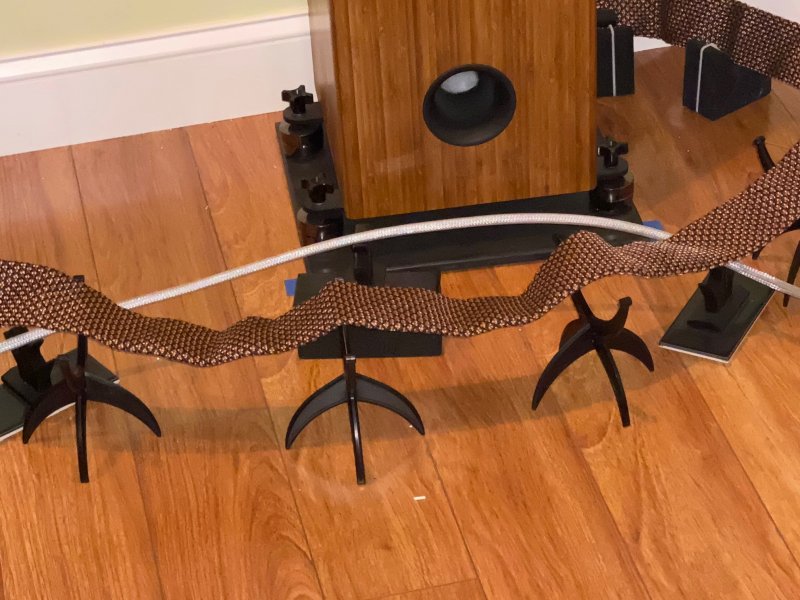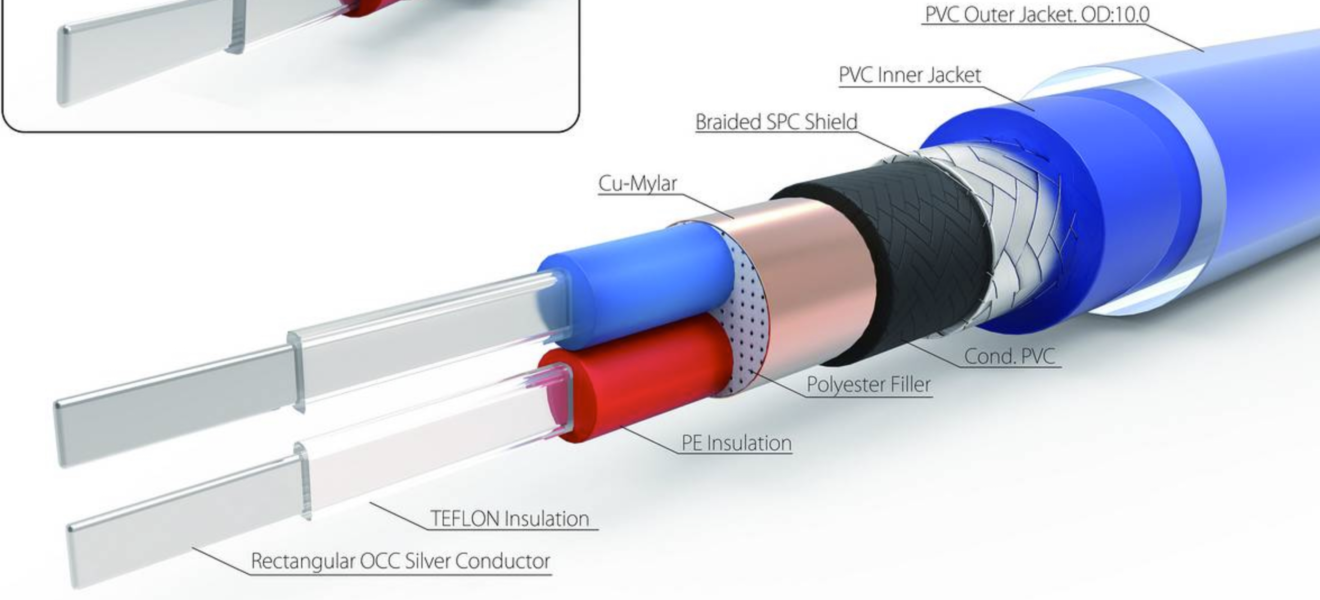It is a fact that you can't listen to a component without cables (perhaps there is some battery powered, wireless device that is the exception), which means you can't A-B-A compare a component with and without cables to determine the level of neutrality and other sound quality parameters of the component by itself. It follows factually that if you must use cables to listen to a component the only thing it is possible to hear is the interaction between components and cables.
^in general yeah^
For ICs, then as the capacitance and inductance goes to zero, then the cable’s effects go to zero.
For speaker cables then add in resistance.
For both, then as cable goes from a long length towards zero, then the effects go towards zero.
It is certainly easier for me to be talked into mono blocks and short cables, then a stereo amp and 10 foot + long speaker cables.
Generally though, the relationship between consumers and manufactures/sellers, appears somewhat co-dependant.
One set claims that the cables make a world of difference, and the other side needs to believe them.
I don’t even know where to start with power cables… After hundreds of yards from the local transformer to the house, the last couple of feet being a problem seems a stretch.
If there is some magic happening in the last few feet, then why not just shove a couple of feet of the stuff into chassis?
All that said, I usually have some of the low cost cables hanging around.
Most of the IC failures were with low cost ables, and to be able to swap something out is handy.
However most of the time I just make my own ICs to get the length right, and use good connectors and wire..
Hi everyone, I've had WyWire Silver cabling for 10 years and find it with good tonal density and resolution but pretty neutral - it doesn't highlight certain areas of the frequency spectrum which I've found most cables do. Its a pretty simple design with copper litz strands and air dialetric. I tried WyWires Platinum speaker cables during the pandemic which were higher in resolution, but defined the image into "L, C, R" and it was kind of strange spatially.
I've also tried Kubala-Sosna Emotion/Elation on occasion from my dealer (mid range centric/forward/closed in), Cardas Clear Beyond (not as warm as former Cardas, but has a pleasantville smooth sound on everything), and Audience Au24SX (very nice tone that grabs you at first, but then seems too forward and not neutral).
So I am looking at cables in the ~$3k range which (unfortunately or not) is the mid-tier of cabling these days. Here are some options I'm considering:
1. Clarus
2. Argento/Organic Audio
3. Hijiri
I'd like some thoughts on these or others that folks prefer - again, I'm really in the more neutral cable camp with nice resolution. But something that isn't dead analytical. I also don't want network cables.
Why not just stick with the WyWire Silvers?
Linz design, and air dielectric, are both pretty solid towards achieving good measured specs.


















